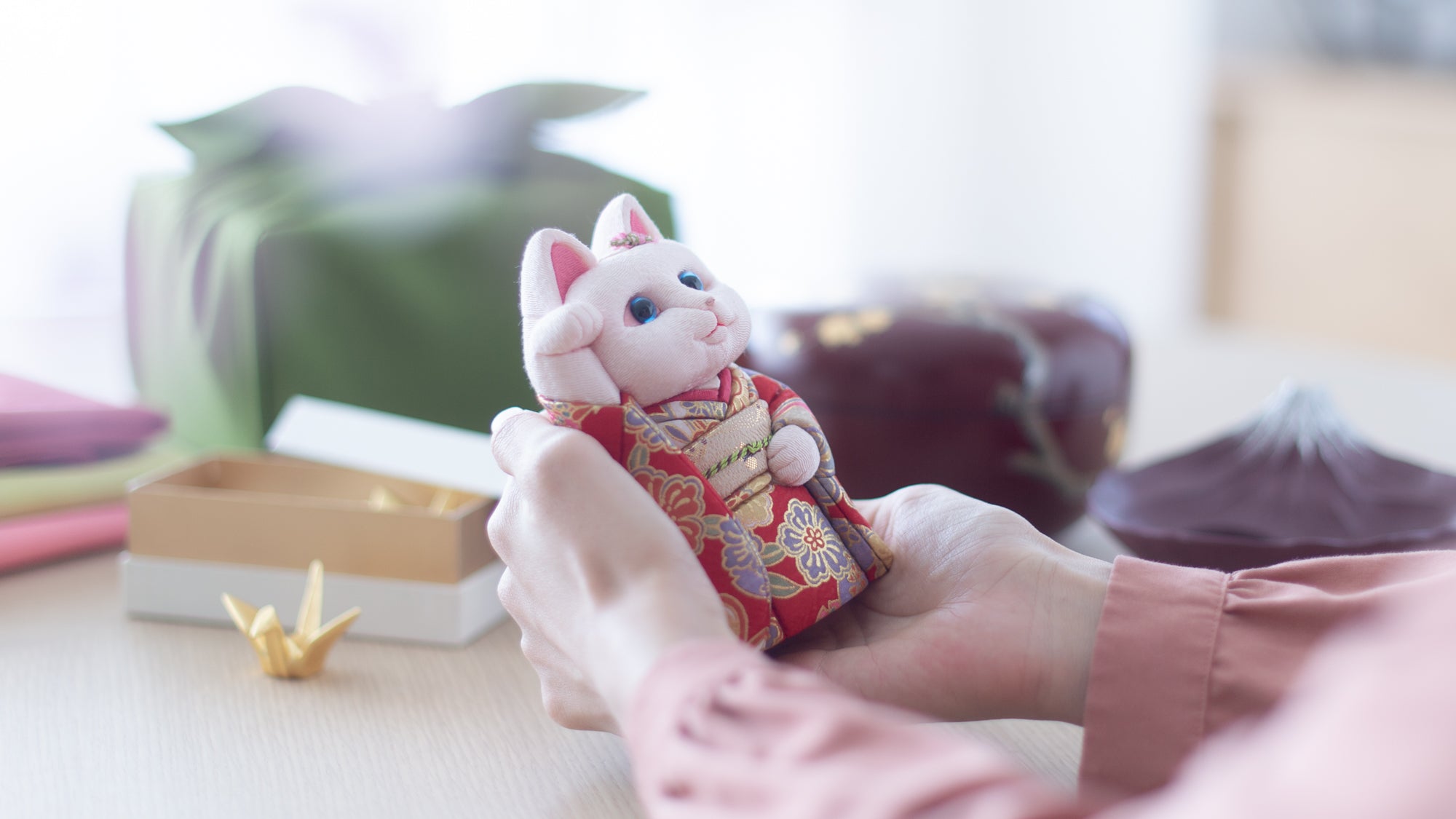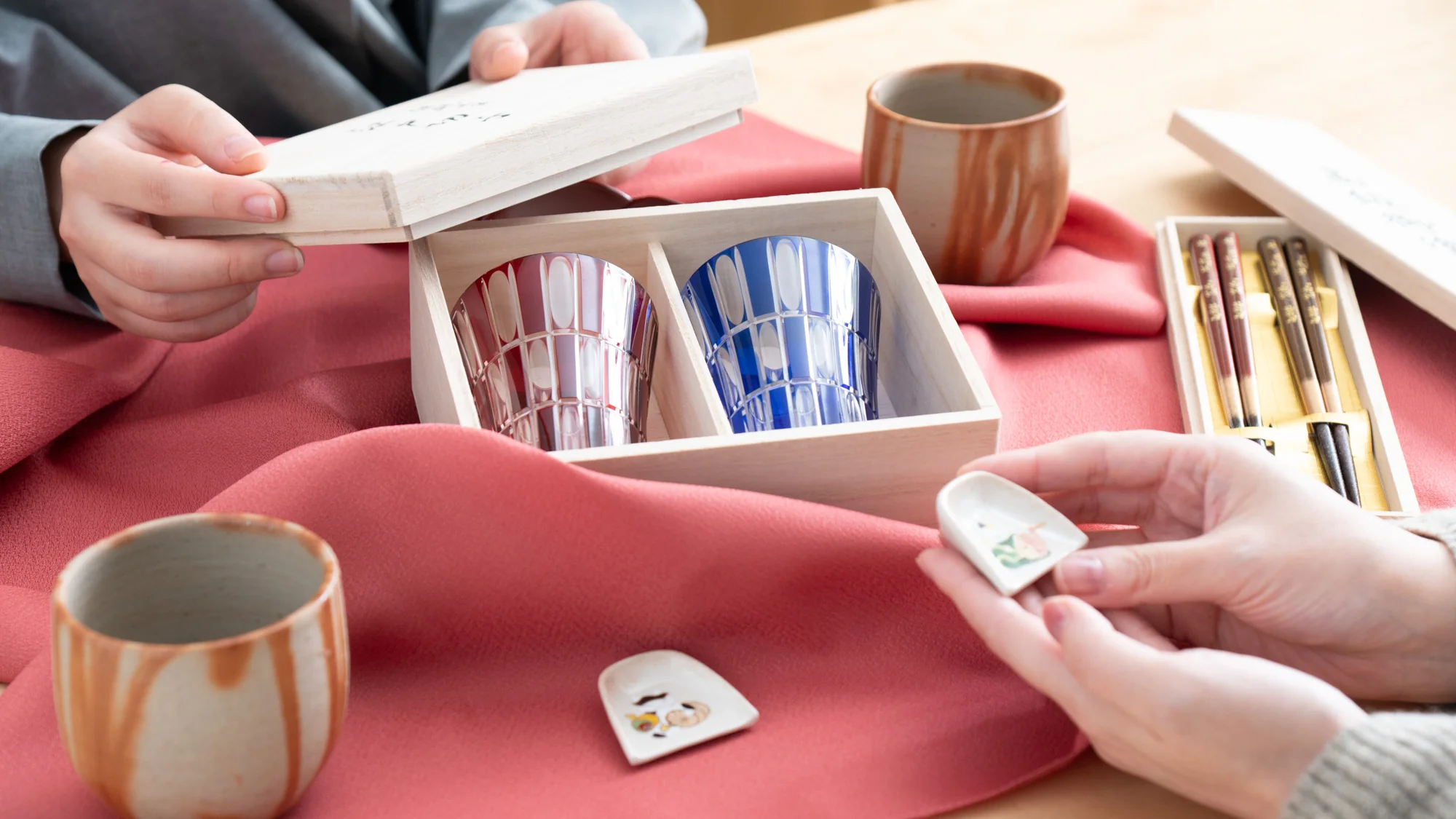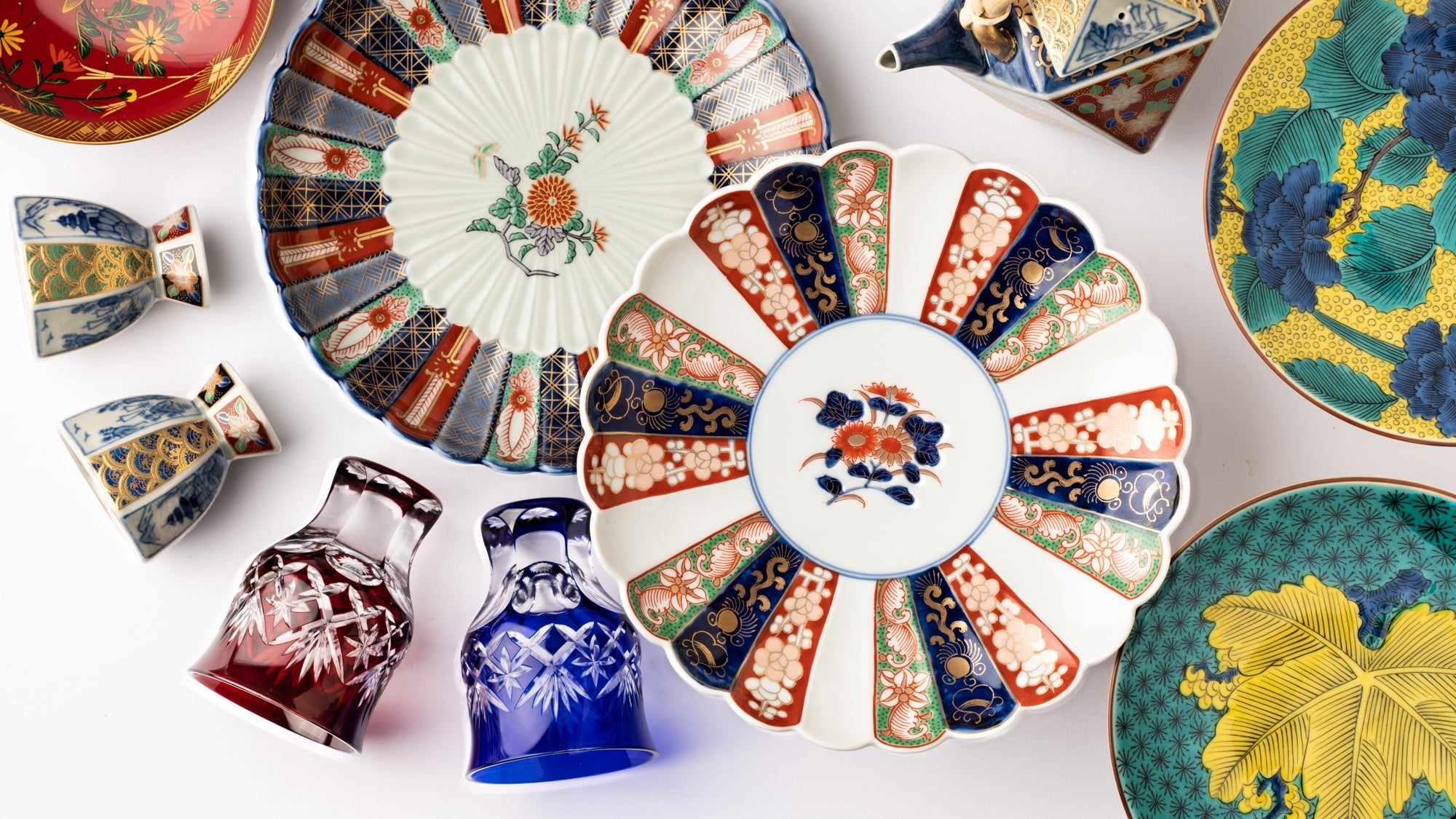17 April 2024
The Shogun's Table — What Did Ieyasu Eat?


The historical drama miniseries Shogun has captivated global audiences since its February debut, drawing people into the intricacies of late 16th to early 17th century Japan. This period, a transition from medieval to early modern Japan, is brought to life through an adaptation of a notable British novel. The series explores samurai codes, Japan's unification, and its initial interactions with the West, offering a rich narrative filled with cultural and historical depth.

Kano Tanyu, Portrait of Tokugawa Ieyasu. Early Edo period, Osaka Castle main tower, Japan.
Toranaga Yoshii, the series' protagonist, is inspired by the real-life shogun Tokugawa Ieyasu, who established the Edo shogunate in what is now Tokyo in 1603. The show dramatically unfolds the tumultuous journey Toranaga takes to become shogun while successfully recreating the era's setting, with a keen focus on costumes, props, hair and makeup, architecture, landscapes, and even the language used.
This attention to detail not only enriches the viewing experience but also sparks interest in the real-life counterparts of the characters. For example, scenes showing Toranaga's rivals, the daimyos (similar to "lords" in the English feudal system), gathering for dining occasions invite viewers to ponder, "What kind of food did the real-life shogun Tokugawa Ieyasu actually eat?"
Join us as we travel back to the dawn of the Edo period, uncovering intriguing insights into the meals and eating habits of Ieyasu, the inspiration behind Toranaga.
Contents
- The Modest Table of Tokugawa Ieyasu
- Why So Modest?
The Modest Table of Tokugawa Ieyasu
Tokugawa Ieyasu might be envisioned dining in grandeur appropriate to his status. Yet, surprisingly, his everyday fare was quite humble. Nagayama Hisao, a scholar in Japanese food culture history, notes that Ieyasu enjoyed lavish dishes merely two to three times a month. His daily meals primarily featured mugimeshi (a blend of barley and germ-intact rice) and miso. Occasionally, he would include an extra side dish, bringing the total of side dishes to two.

In that era, mugimeshi was a staple for the common folk. Miso was a more universally consumed condiment, made from a variety of grains including rice, barley, and beans. Ieyasu showed a particular preference for hatcho miso, a soybean-based variety from his birthplace's vicinity, Okazaki (present-day Okazaki City in Aichi Prefecture). His favorite was yakimiso, miso that is heated and kneaded in a pot.
In addition to yakimiso, Ieyasu's palate favored menus such as yakitori, grilled wild birds, and sea bream tempura. Nonetheless, these dishes, considered a luxury at the time, were perhaps special indulgences reserved for extraordinary occasions.
Why So Modest?
Interestingly, many of his successors were known for enjoying lavish dining habits typical of their powerful status. For instance, Tokugawa Ienari, the 11th shogun who ascended in 1787, is documented to have had meals consisting of one soup and four dishes, an ichi-ju yon-sai breakfast and lunch, and for dinner, five dishes without soup but with rice. Moreover, the variety of ingredients used exceeded 140 in a single month, with expensive sea bream being served almost daily. For his rice, he selectively ate only the most fluffy and moist rice from the center of the pot.
This was a time when common people only ate rice, soup, pickles, and one or two side dishes for breakfast. For lunch, working men often had simple items outside, while women and children at home ate leftovers from breakfast. Dinner was typically made with leftover rice served as ochazuke (hot green tea over rice) and pickles.
So, why was Ieyasu so markedly different and restrained compared to other shoguns? Further research reveals three main reasons behind his choices.

1. Childhood Hardship
Ieyasu was born in 1542 during the Sengoku period (1467 CE – 1590 CE), into the Matsudaira clan, a minor noble family ruling over Mikawa Province (present-day Aichi Prefecture). It was common then for daimyo lords to take each other's children as hostages, either to secure political negotiations or maintain military alliances. At just six years old, Ieyasu was taken to the Oda clan, rulers of neighboring Owari Province, and eventually was handed over to the Imagawa clan, rulers of the Suruga Province (presently Shizuoka Prefecture) until he was 19.
This prolonged period of captivity significantly influenced Ieyasu's dietary habits in his later life. In contrast, from the third generation on, shoguns were born into peace, never knowing the struggles of war or captivity, living a life of inherent luxury, including decadent meals.
2. A Spirit of Frugality
Since his childhood, Ieyasu was accustomed to eating mugimeshi and maintained this habit throughout his life. The Meishogenkoroku, a compilation of anecdotes about 192 military commanders from the medieval to the early modern periods, includes a telling episode about Ieyasu.
When a kashin, a retainer, tried to please him by hiding white rice under the mugimeshi, Ieyasu scolded him, saying, "You do not understand my intentions. By being frugal myself, I set an example in these warring times, saving resources for war and showing consideration for the peasants." Ieyasu also believed that continuous indulgence in gourmet foods would dull his palate to the flavors of simple fare.

3. Consideration for Health
In the same collection of anecdotes, Ieyasu emphasizes, "All humans must consider their diet crucial," and further highlights, "For a sustainable life, the quality and quantity of what you eat are crucial." Supporting this philosophy, Ieyasu's favored mugimeshi, rich in fiber, enhances gut health and immunity. High in vitamin B1, it converts carbs to energy, combating fatigue and stress. Fermented miso, nutrient-rich and beneficial, contains antioxidant-packed melanoidin.
Ieyasu was seriously dedicated to keeping healthy with his diet. The official Tokugawa Shogunate records, Tokugawa Jikki, note his rigid eating practices: avoiding cold items that strain the digestive system, consuming meat in moderation, drinking alcohol only for medicinal purposes, and avoiding out-of-season products.
Living in an era when the average Japanese lifespan was around 40, Ieyasu became shogun at 62 and lived to 75. His remarkable longevity and late-life achievements as Japan's supreme ruler may have been attributed in part to his careful approach to nourishment.
In conclusion, here is a memorable occasion from 1582, when Ieyasu was graciously invited by his ally, Oda Nobunaga, to a grand feast at his castle.
Nobunaga orchestrated an opulent banquet over three days, meticulously curating four meals that boasted an exquisite selection of ingredients, an array of diverse dishes, and the use of fine tableware. However, it is noted that the food was served cold, having been prepared several days in advance.
Ieyasu, while grateful for Nobunaga's elaborate hospitality, might have harbored reservations. Given his belief that "cold meals are detrimental to health," his appreciation for the banquet may have been tinged with a hint of concern, rather than pure joy.
Whenever a food scene appears in Shogun, be sure to pay close attention. Reflecting on the actual dietary habits of the Edo period, especially those of the shogun, can greatly enrich the viewing experience. It's intriguing to consider whether these scenes accurately mirror historical accounts, offering an authentic glimpse into the past while also providing entertainment.













































































































































































































